SITE VISITS
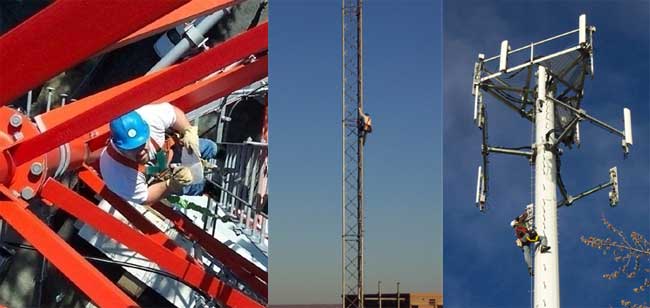
NWTE has been on site to climb and
inspect over 1,500 guyed and self-supporting (lattice) cellular
communications and broadcast towers. NWTE also evaluates other
structures used for communications such as water towers,
building rooftops, concrete poles, wood/timber poles and steel
monopoles.
The purposes of a full tower climb are
to assess the condition of the tower and the appurtenances it
supports and to obtain accurate structural data to be able to
correctly perform a structural analysis. After each site visit,
NWTE can provide a detailed field report that includes the
observations made, a list of deficiencies and items that require
maintenance, and photographs taken from the ground and from the
tower.
The checklists provided in the Structural
Standard for Antenna Supporting Structures and Antennas
(TIA-222-G and TIA-222-H) are used as NWTE performs
condition assessments and field mapping.
The main items to
be assessed include the following:
-
Structure Condition (damaged, loose, or missing structural
members; connections; climbing facilities; etc.)
-
Finish (paint, galvanizing, etc.)
-
Lighting
-
Grounding
-
Antennas, Feed Lines, and Mounts
-
Other Supported Appurtenances
-
Insulators
-
Concrete Foundations
-
Guy Wires
-
Guy Anchors
-
Tower Alignment
Field mapping of
appurtenances includes:
-
Antenna Inventory (elevation, orientation, type, dimensions,
mount details, feed lines)
-
Other Appurtenances (climb ladders, waveguide ladders,
platforms, lighting, ice shields, etc.)
-
Feed Line Inventory (type, orientation on tower, termination
elevation)
Field mapping of
structural components includes:
-
Configuration of Each Section (section height, face width,
panel height, bracing configuration, etc.)
-
Structural Member Sizes (if pipe, wall thickness is measured
with ultra-sound device)
-
Base Type
-
Guy Anchor Locations
-
Guy Wire Information (elevations, types, sizes)
-
Connection Details
Because a communications
tower is continuously exposed to the weather, which at times is severe and may
cause damage, regular assessment and maintenance is required to ensure the
structural stability of the tower and to ensure adequate performance of feed
lines and antennas. The TIA-222-G and TIA-222-H standards state that maintenance
and condition assessment shall be performed, at a minimum, once every three
years for guyed towers and once every five years for self-supporting towers.
Towers used for essential communications or those that represent a high hazard
in the event of failure (Class III or Risk Category III or IV structures),
towers in coastal regions or corrosive environments, or towers subjected to
frequent vandalism require more frequent assessment and maintenance. Towers
should also be assessed after severe seismic events, wind and/or ice storms.
NWTE’s professional engineers (PE) are
experienced tower climbers and have completed training courses
in Tower Climber fall protection (meets or exceeds ANSI/ASSE
Z490.1-2009 & Z359.2-2007, NATE, OSHA, WCB, OH&S and Labor Code
Requirements) and RF Site Safety Awareness.
Photos From NWTE
Site Visits
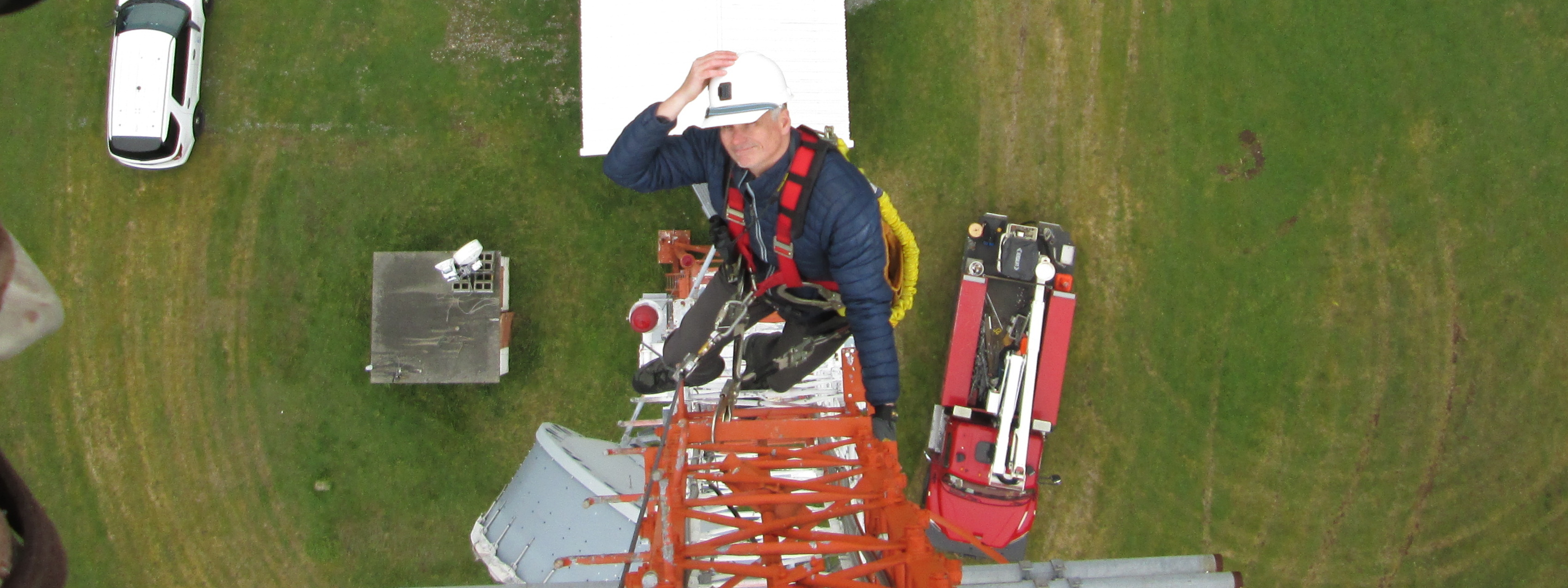
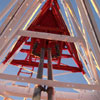 Click here Click here
to view a slideshow of radio and TV broadcast towers.
|
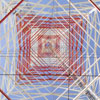 Click here Click here
to view a slideshow of cell towers.
|
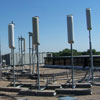 Click here Click here
to view a slideshow of other sites.
|
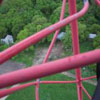 Click here Click here
to view a slideshow of deficiencies found during tower climbs.
|
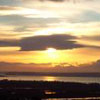 Click here Click here
to view a slideshow of scenic shots.
|
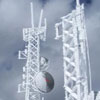 Click here Click here
to view a slideshow of scenic winter shots.
|
